Jardín Botánico de Seúl (서울식물원)
13.5Km 2025-04-02
Magokdong-ro 161, Gangseo-gu, Seúl
Mercado Mayorista de Productos Agrícolas y Pesqueros de Garak (가락농수산물종합도매시장)
13.5Km 2024-02-19
Yangjae-daero 932, Songpa-gu, Seúl
Aank Air Hotel Gaebong (아늑에어 호텔 개봉점)
13.6Km 2025-04-25
38-12, Nambusunhwan-ro 95-gil, Guro-gu, Seoul
Gwangyang Bulgogi (광양불고기)
13.8Km 2025-05-15
531, Nambusunhwan-ro, Yangcheon-gu, Seoul, Korea
Zona de Acampe de la Aldea Jeonwonilgi (전원일기마을캠핑장)
13.8Km 2025-06-10
Iryeong-ro 327-beongil 227-15, Jangheung-myeon, Yangju-si, Gyeonggi-do
105405 Magok (105405 마곡)
13.9Km 2025-03-13
Magokjungang-ro 161-8, Gangseo-gu, Seúl
Museo Nacional de Ciencia de Gwacheon (국립과천과학관)
14.0Km 2024-12-23
Sanghabeol-ro 110, Gwacheon-si, Gyeonggi-do.
+82-2-3677-1500
El Museo Nacional de Ciencia de Gwacheon es un lugar simbólico de la tecnología científica de Corea, que tiene como objetivo provocar curiosidad sobre la ciencia a los niños y jóvenes y ofrecer a los ciudadanos información científica aplicada en nuestra vida diaria. El edificio comprende distintas salas y áreas divididas según la temática. En el patio, hay lugares de exhibición al aire libre y una zona de aprendizaje verde para niños. El 50% de las exhibiciones del museo son interactivas gracias a la tecnología, y el museo en sí también es un buen lugar para descansar.
Reserva Ecológica de las Tumbas Heoninneung (Bosque de Alisos) (헌인릉 생태경관보전지역(오리나무림))
14.0Km 2021-03-23
Heoninneung-gil 34, Seocho-gu, Seúl.
+82-2-445-0347
Las tumbas del rey Taejong y su esposa se llaman Heonneung, y la tumba Inneung es del rey Sunjo y su esposa. Por debajo de estas tumbas hay un bosque de alisis con una superficie de 56.200 metros cuadrados, que fue registrado por el Ayuntamiento de Seúl como Reserva Ecológica.
Tumbas Reales Heolleung e Illeung en Seúl (서울 헌릉과 인릉) [Patrimonio Cultural de la Humanidad de la Unesco]
14.0Km 2025-05-21
Heonilleung-gil 34, Seocho-gu, Seúl.
El monte Daemosan detrás de la Tumba Real Heonilleung era llamado originalmente Halmisan (que significa "abuela" en coreano), porque su forma recuerda a una mujer anciana. La Tumba Real Heonilleung alberga los túmulos de dos reyes de la dinastía Joseon (1392-1910): Taejong (1401-1418) y Sunjo (1800-1834). Heonilleung cuenta con numerosas estatuas de piedra y restos arqueológicos, siendo un buen lugar para experimentar la cultura de la dinastía Joseon. Al acercarse a los túmulos, aparece una puerta con el símbolo del taegeuk (yin-yang), marcando el límite entre este mundo y el más allá. Al atravesar la puerta roja, se llega a una construcción en la que se oficiaban antiguos rituales funerarios. Tras esta construcción, se encuentra la tumba real. Alrededor de este lugar se encuentran esculturas de animales llamadas japsang, usadas para alejar los malos espíritus. También hay una estatua de un militar ofreciendo su espada, con su caballo tras él.
Parque Guri del Río Hangang (Parque Cosmos) (구리시민한강공원(코스모스공원))
14.1Km 2025-08-14
Cosmos-gil 14-beongil 249, Guri-si, Gyeonggi-do
Es un espacio al aire libre en donde los visitantes pueden disfrutar del aire fresco un entorno natural. En particular, el parque dispone de hermosas áreas destinadas a las flores, en el mes de mayo florece la colza y en septiembre los cosmos, por lo que ofrece un paisaje espléndido a los turistas y residentes de la zona.
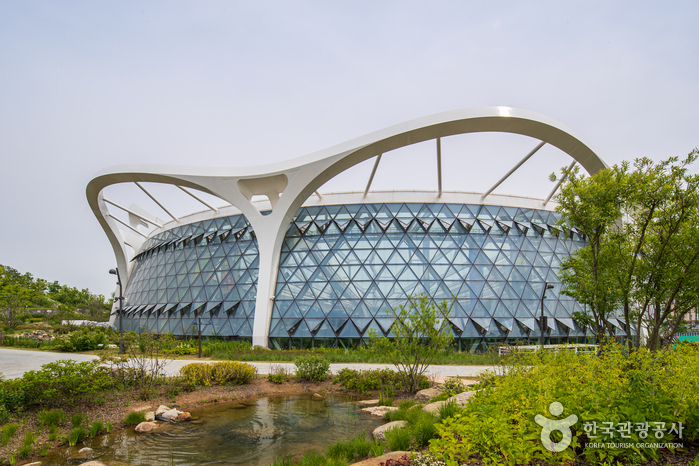
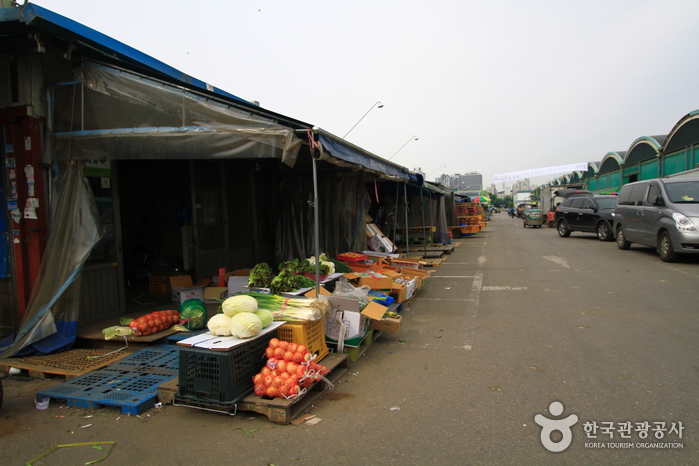
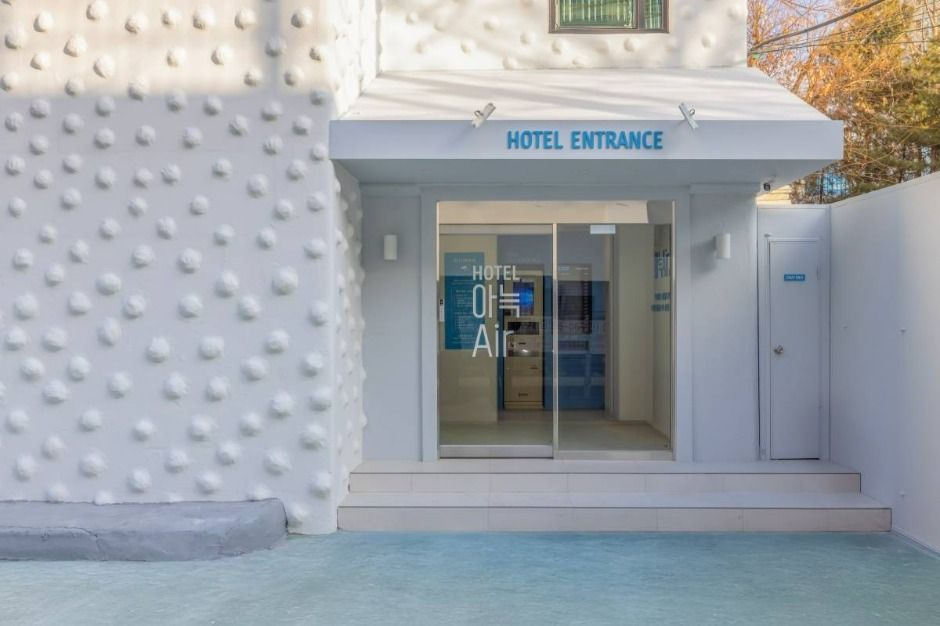

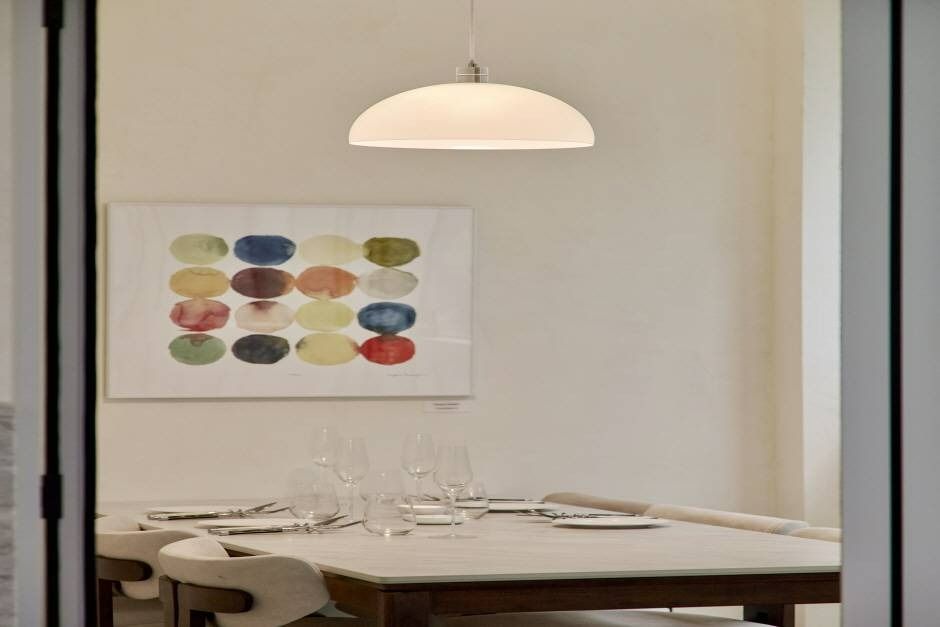
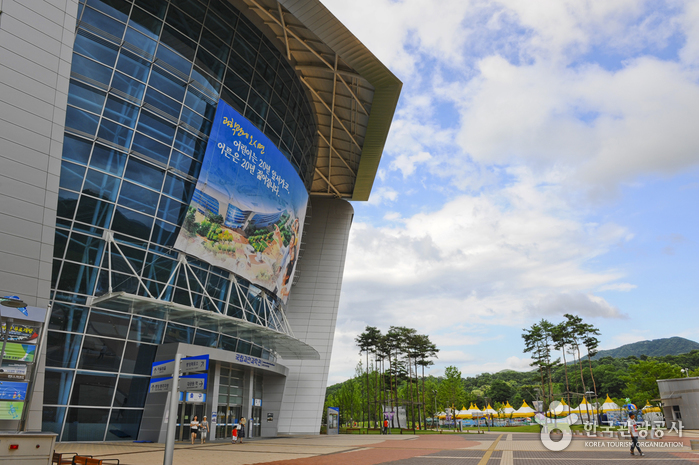
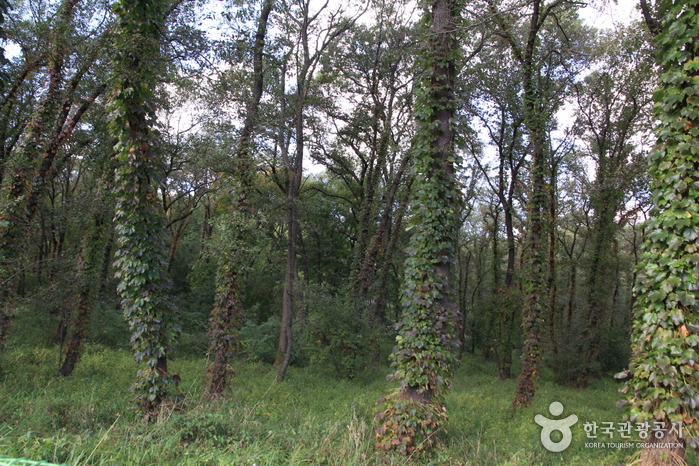
![Tumbas Reales Heolleung e Illeung en Seúl (서울 헌릉과 인릉) [Patrimonio Cultural de la Humanidad de la Unesco]](http://tong.visitkorea.or.kr/cms/resource/46/1985246_image2_1.jpg)
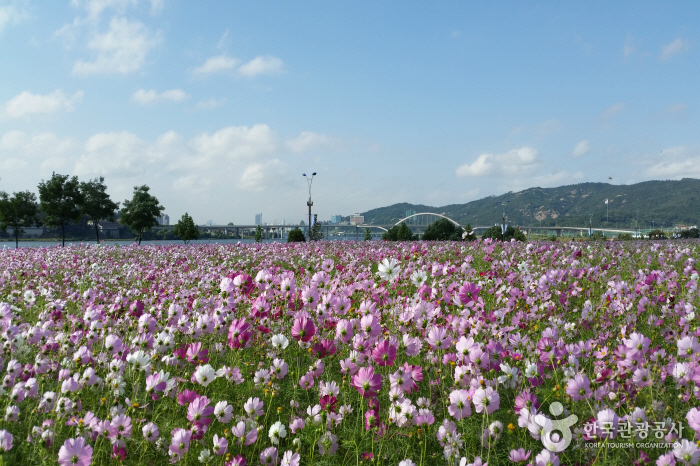
 Español
Español
 한국어
한국어 English
English 日本語
日本語 中文(简体)
中文(简体) Deutsch
Deutsch Français
Français Русский
Русский